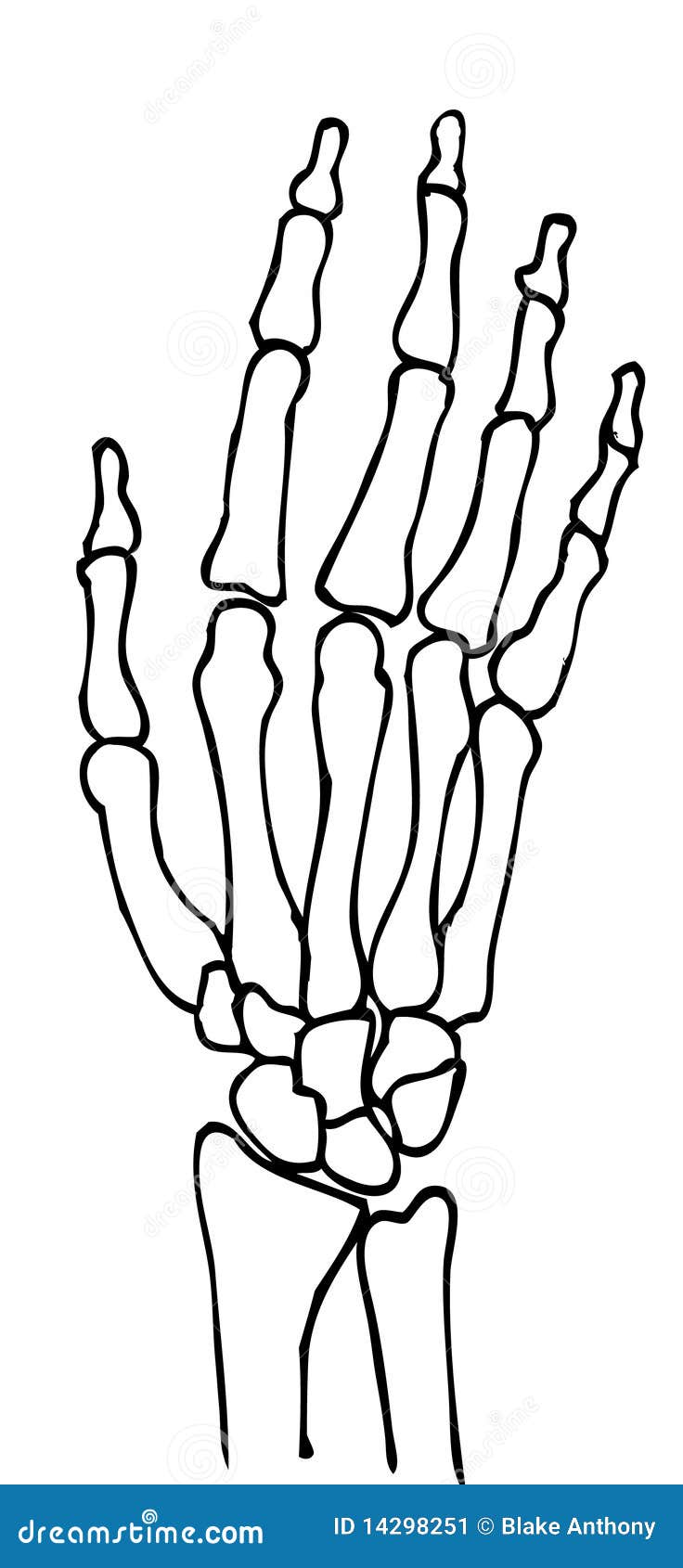
 Pes (dalam bahasa Latin berarti "kaki") adalah istilah dalam ilmu zoologi yang mengacu kepada bagian distal tungkai belakang. The oldest types of tetrapods had seven or eight digits. It is also represented in the rear 'paddle' of extinct marine reptiles, such as plesiosaurs. It can be represented by the foot of primates, the lower hind limb of hoofed animals, the lower portion of the leg of dinosaurs including birds or the rear paw. During evolution, it has taken many forms and served a variety of functions. It is the part of the pentadactyl limb that includes the metatarsals and digits (phalanges). The pes (Latin for foot) is the zoological term for the distal portion of the hind limb of tetrapod animals. Image modified from the original: " 3D Human Anatomy: Regional Edition DVD-ROM. Jackie is studying for the Physician Assistant Master's degree at Kettering College. Thanks to Jackie Miranda-Klein for suggesting this post. In Latin means “foot”, and or means “goose”.įor other anatomical structures whose names are related to birds, click here. The term literally means “goose foot”, as early anatomists compared this structure to the foot of this bird. There is a bursa deep to these tendons, the, which can be the cause of painful bursitis. The pes anserinus is related superficially to the the tibial insertion of the medial collateral ligament of the knee. The tendons correspond to the sartorius, the gracilis, and the semitendinosus muscles. UPDATED: is the name given to a tri-flanged structure formed by the attachment of the flattened tendons of three muscles to the anteromedial surface of the superior aspect of the shaft of the tibia. "Clinical Anatomy Associates, Inc., and the contributors of "Medical Terminology Daily" wish to thank all individuals who donate their bodies and tissues for the advancement of education and research”. "The origin of Medical Terms" Skinner, HA 1970 (2006), A New Angle on the Angle of Louis. Srickland, N Strickland A Angle of Louis, More Than Meets the Eye.
Pes (dalam bahasa Latin berarti "kaki") adalah istilah dalam ilmu zoologi yang mengacu kepada bagian distal tungkai belakang. The oldest types of tetrapods had seven or eight digits. It is also represented in the rear 'paddle' of extinct marine reptiles, such as plesiosaurs. It can be represented by the foot of primates, the lower hind limb of hoofed animals, the lower portion of the leg of dinosaurs including birds or the rear paw. During evolution, it has taken many forms and served a variety of functions. It is the part of the pentadactyl limb that includes the metatarsals and digits (phalanges). The pes (Latin for foot) is the zoological term for the distal portion of the hind limb of tetrapod animals. Image modified from the original: " 3D Human Anatomy: Regional Edition DVD-ROM. Jackie is studying for the Physician Assistant Master's degree at Kettering College. Thanks to Jackie Miranda-Klein for suggesting this post. In Latin means “foot”, and or means “goose”.įor other anatomical structures whose names are related to birds, click here. The term literally means “goose foot”, as early anatomists compared this structure to the foot of this bird. There is a bursa deep to these tendons, the, which can be the cause of painful bursitis. The pes anserinus is related superficially to the the tibial insertion of the medial collateral ligament of the knee. The tendons correspond to the sartorius, the gracilis, and the semitendinosus muscles. UPDATED: is the name given to a tri-flanged structure formed by the attachment of the flattened tendons of three muscles to the anteromedial surface of the superior aspect of the shaft of the tibia. "Clinical Anatomy Associates, Inc., and the contributors of "Medical Terminology Daily" wish to thank all individuals who donate their bodies and tissues for the advancement of education and research”. "The origin of Medical Terms" Skinner, HA 1970 (2006), A New Angle on the Angle of Louis. Srickland, N Strickland A Angle of Louis, More Than Meets the Eye. 
This anatomical landmark is extremely important as it serves as a superficial landmark for important anatomical occurrences ( click here).Īs a point of controversy, there are some that contest the history of this eponym adjudicating it to Pierre Charles Alexander Louis (1787-1872), another French physician dedicated to the study of tuberculosis.ġ. Joseph-Ignace Guillotin.Īntoine Louis' name is better know to history as the eponymic origin of the " sternal angle" also know as the " Angle of Louis" and synonymously (probably by misspelling or translation) the "angle of Lewis", and "angle of Ludwig". Initially called the "Louisette", this device was later named after another French physician in the same committee, Dr.

As a member of these academies Louis was instrumental in the design and construction of the guillotine. His other titles were those of Professor of the Royal Academy, Consultant Surgeon of the Armies of the King, member of the Royal Society of Sciences of Montpellier, Inspector of the Royal Military Hospitals, and Doctor in Law of the University of Paris. Following his medical studies and a long career as a physiologist, Antoine Louis was named Permanent Secretary of the Royal French Academy of Surgery. French surgeon, anatomist, and physiologist.







 0 kommentar(er)
0 kommentar(er)
